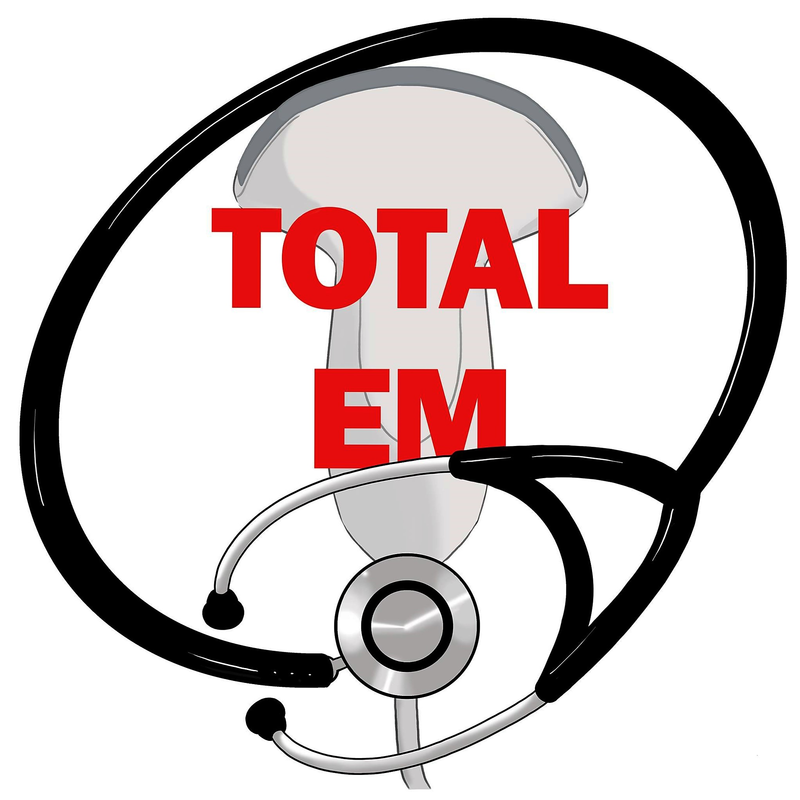|
To some, this may feel like spaced repetition. However, the discussion with tramadol today is a common and recurring issue. We will highlight the problems with tramadol and why it may be better to think of it as "tramadont" moving forward.
Tramadol was developed in 1962 by the German pharmaceutical company Grünenthal, which also happens to be the same group that brought us thalidomide. However, tramadol was not licensed in Germany until 1977 and in the USA until 1995. However, it has taken off and continues to be a more widely used medication.
Many view tramadol as a "weak opioid" and often compare it with codeine. However, while tramadol binds to mu opioid receptors weakly (with an affinity about 1/6000th that of morphine) it does not contribute much to its analgesic effect. It does inhibit the reuptake of serotonin and norepinephrine similar to venlafaxine (Effexor). Their chemical structures are very similar. This makes tramadol more of a serotonin-norepinephrine reuptake inhibitor (SNRI). However, tramadol is considered an opioid with one of its metabolites (O-desmethyltramadol; ODT) with a binding affinity 300 times greater than tramadol. This is where the claim of its dual mechanism of action begins. This is where the problem begins really begins for tramadol. A cytochrome P450 enzyme, CYP2D6, removes a methyl group to convert tramadol to ODT. The problem is that CYP2D6 activity varies significantly among individuals and ethnic groups. While 3-10% of Caucasians may be "poor metabolizers" where they have no real functional CYP2D6, 2-10% of people depending on their nationality may be "ultrarapid metabolizers" which can have grave consequences. We also see this same issue with codeine which with CYP2D6 converts into morphine. This can lead to unintended overdoses, especially with the frequency codeine or tramadol may be given in young patients. It also has plenty of other problems. Like any other opioid, tramadol can lead to physical dependence and addiction. After years of not being listed as a controlled substance, tramadol became a schedule IV controlled substance in the USA in 2014. It has also become a particularlytroubling issue in the Middle East and Africa. This is attributed to the higher CYP2D6 activity in these populations. The interaction with other drugs is another common issue. Certain medications can inhibit CYP2D6 which will then inhibit ODT production. Someone who was readily able to metabolize tramadol before into ODT is now unable or has a significant decrease in production. This then leads to opioid withdrawal. Tramadol can also lead to hypoglycemia. While the mechanism is not well understood, this has also happened with venlafaxine. It may be related to increased glucose uptake and reduce hepatic gluconeogenesis. For this reason, tramadol is particularly concerning to be used in patients with diabetes, but the hypoglycemia can occur outside of diabetes. A much more common and well known issue with tramadol is that it lowers the seizure threshold. This is most likely related to the monoaminergic effect the drug has which means it works directly on monoamine neurotransmitters including serotonin and norepinephrine. It has been found to be the leading drug-related cause of new onset seizures in certain studies. Tramadol should be avoided in patients with known seizures, as well. Finally, it is hard to not mention serotonin syndrome in a drug that effects serotonin. While serotonin toxicity is not common on its own, when combined with other serotonergic drugs it can lead to such consequences. It is a rare complication, but another fatal one that can be avoided if tramadol is not used. Tramadol, like codeine, are commonly used opioid medications but for the reasons above may not be the best choice for many (if any) patients. As an unpredictable medication, it would be more effective to choose an opioid that has less complications and concerns with a more direct mechanism of action. Let us know what you think by giving us feedback here in the comments section or contacting us on Twitter or Facebook. Remember to look us up on Libsyn and on Apple Podcasts. If you have any questions you can also comment below, email at [email protected], or send a message from the page. We hope to talk to everyone again soon. Until then, continue to provide total care everywhere.
0 Comments
Leave a Reply. |
Libsyn and iTunesWe are now on Libsyn and iTunes for your listening pleasure! Archives
August 2022
Categories |
||||||


 RSS Feed
RSS Feed